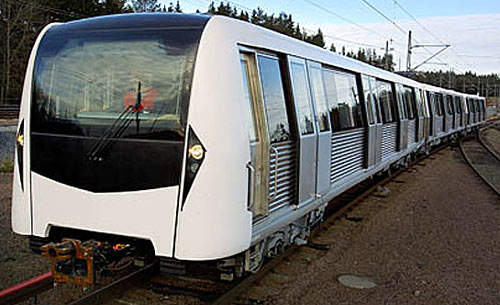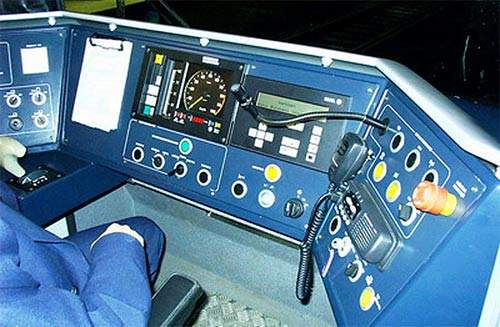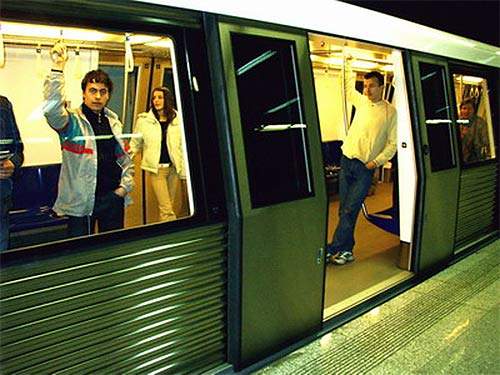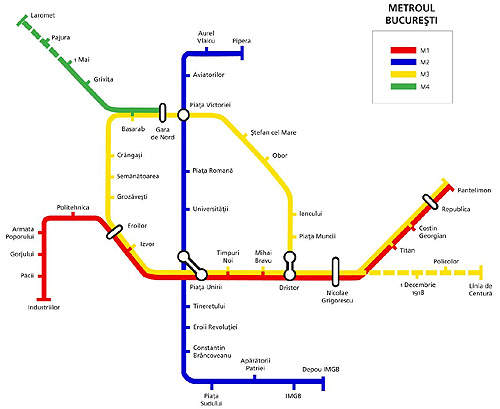The popularity of metro systems around the globe continues to grow as the demand for reliable high-capacity transport rises. Bucharest, the capital of Romania, is one city that is benefiting from its metro, but the 800,000 passengers using the 63km system every day are placing severe strain on it, and there is a strong demand for more trains and additional routes.
The current network has 45 stations spread across four routes, which allow passengers to travel into the city centre without using private cars. Metrorex is the operator responsible, and there are currently four extensions under construction, with more to follow.
THE PROJECT
The first line (M1), between Timpuri Noi and Semanatoarea, opened to the public in 1979 with additional extensions in 1981, 1983, 1984, 1987 and 1989 bringing the total line length to 33km. The second line (M2) opened in 1986 and was completed in 1987 with the addition of the northern section. This route runs on a north-south alignment for 18.7km.
Line 3 (M3) was originally a circular route and the first section opened in 1989. This is still being developed and parts of the route also form M1. The fourth route opened in 2000, from Gara de Nord to Mai and is just 3.7km long.
During 2007, a south-eastern branch from line M1 is being built together with a northern branch extension of Line M4.
INFRASTRUCTURE
Urban development pushed the Bucharest Metro project forward in the 1970s as the original 1930s plan was brought to a halt by the Second World War.
The official opening day was 16 November 1979, when the first section of M1 between Timpuri Noi and Semanatoarea was opened, creating a 10.1km alignment with six stations.
The system employs standard 1,435mm gauge track with a third rail for electrical pick up. The power supply is 750V DC, although in the depot yards overhead electrification is also provided for shunting purposes. All stations have been designed to accept 129m train (six-car) formations.
Trains are permitted to run at a maximum speed of 80km/h (50mph), although the proposed new M5 line is expected to have a maximum operational speed of 100km/h (60mph).
ROLLING STOCK
Initially a fleet of 251 two-car units provided passenger services on the Bucharest Metro. These units generally ran in six-car formations of three sets. However, as these original ASTRA (Romanian) built units were primarily for M1, the construction of additional lines required more trains. A new fleet of Bombardier-designed Movia units were ordered for delivery in 2001/2002 for M2. In total, 18 six-car sets were built, with gangways between the cars to allow passengers to walk through the train.
In January 2007 a new order was placed with Bombardier for the construction of an additional six Movia trains – 36 new vehicles. This contract is worth €33m and funding is shared between Metrorex and the European Investment Bank.
Final assembly of the new order has been organised in cooperation with Bombardier’s Romanian partner, Electroputere, in Craiova. The MITRAC propulsion and control systems are by Bombardier Sweden and the carbodies and bogies built at Bombardier’s German sites in Gorlitz and Siegen.
The first vehicles of the new order were specified with a late 2007 service entry date, with the final cars released into traffic by the end of 2008.
SIGNALLING AND COMMUNICATIONS
Signalling is based on Romanian main line practice with three aspect signals – yellow (next signal is red), red (stop) and green (next signal is also green). This system allows a minimum between trains of 90 seconds, but this is likely to be reduced with the provision of a new Automatic Train Protection (ATP) system.
The first line to be equipped with ATP is M2. All Bucharest Metro lines are expected to be converted to ATP control.
THE FUTURE
Two major extensions are currently on the cards. The first will be an extension of M4 to serve the main airports in Bucharest – Henri Coanda International Airport and Aurel Vlaicu International Airport. Henri Coanda Airport is the largest in Romania, but the only public transport connection is a bus service. Both airports are located north of the city and one extension is planned to reach both sites.
With passenger numbers growing and the demand for new lines being present a completely new line – M5 – is also planned by Metrorex. The new M5 will run from Drumul Taberia to meet with the terminus of M1 at Pantelimon. This line will have 19 stations and is expected to be around 18km long.
Construction of Line M5 could begin in 2008 for completion before 2020. The expected construction cost is €740m. Together the new lines will increase the Bucharest Metro length from 63km to 70km with 50 stations.












